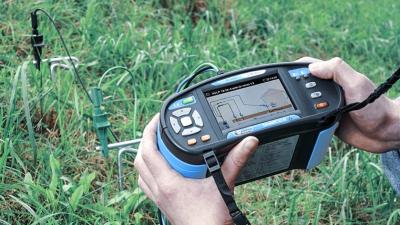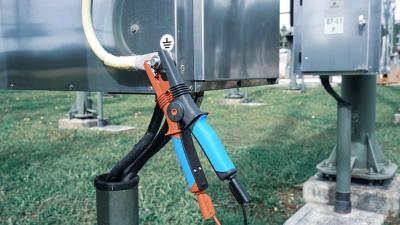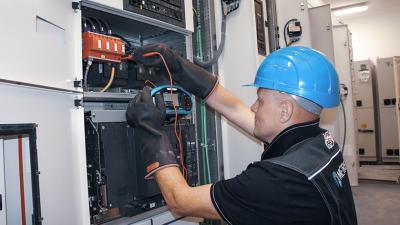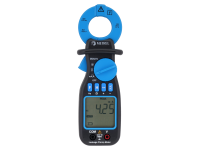Hospital earthing and lightning protection
Medical Facilities
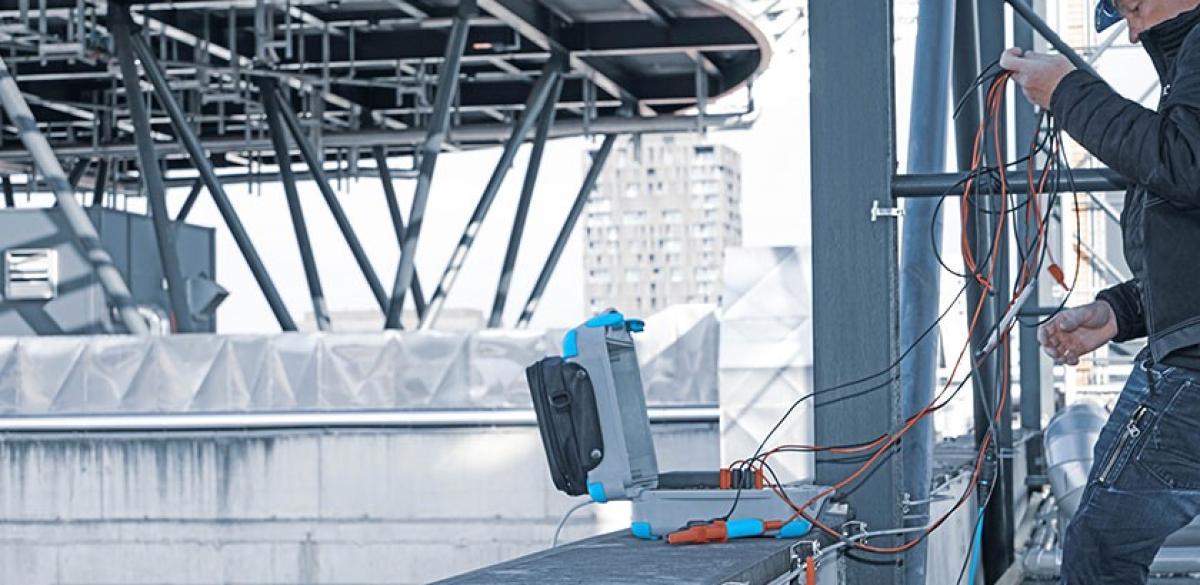
Many hospital complexes grow organically, essentially not planned for their final size when the building began. Constructing, maintaining and testing the resulting earthing system can be a serious challenge.
Hospitals and other large building complexes can become a major part of common power earthing system in the area. They can have an internal substation with earthing for the whole complex constructed with a particularly low impedance (TN part of the system), and its underground distribution has to be taken into account for the wider surroundings. Each building in a hospital complex usually has local connection to earth for functional and safety reasons (TT part of the system). This double system can lower disturbances to the network coming from earth.
Courtyards and other open spaces within the complex have to be kept at an equalised potential to prevent any hazard in case of a lightning strike or a phase-to-ground fault. Step or touch voltages in case of a steep voltage funnel close to the electrode can otherwise become significant.
Earth electrodes should be a wide-spread underground device like a loop, mesh or a plane with multiple parallel connections to it. There should be a lattice of conductors throughout the foundations with their own path to earth, keeping the base potential of each building constant. The local ground electrode is usually a loop or a mesh and covers most of the area under the building. The lattice integrity testing requires particularly high test currents.
Lightning protection design depends on the roof of the buildings and grounds shape. Locations with sensitive equipment (medical or otherwise) need special protective measures inside the building: an isolated system, or even a Faraday cage. The protective measures extend to devices used. They have to be connected to the protective earth system and any accessible surfaces bonded to keep voltage differences to a minimum.
The first fault to be considered when designing the grounding system is phase to ground fault. It can cause dangerously high voltages on enclosures or any grounded conductive surfaces. Grounding system must have a low enough resistance to pull the voltage down to safe levels.
Lightning surge is usually fast and extremely high-powered, reaching into hundreds of kilovolts and kiloamperes. However, since it passes so quickly, permissible voltage on accessible conductive parts of the equipment can be quite high without posing danger to life.
Competencies at edison
EDISON is an international organisation for certification of competences in electrical safety testing. Click on the links for more information on each competency.
- MEDi: Medical and Surgery Rooms Electrical Installations Safety
- IEC / EN HD 60364-7-710 Low-voltage electrical installations – Part 7-710: Requirements for special installations or locations – Medical Location
- IEC EN 61557 – 8 Insulation monitoring devices for IT systems

